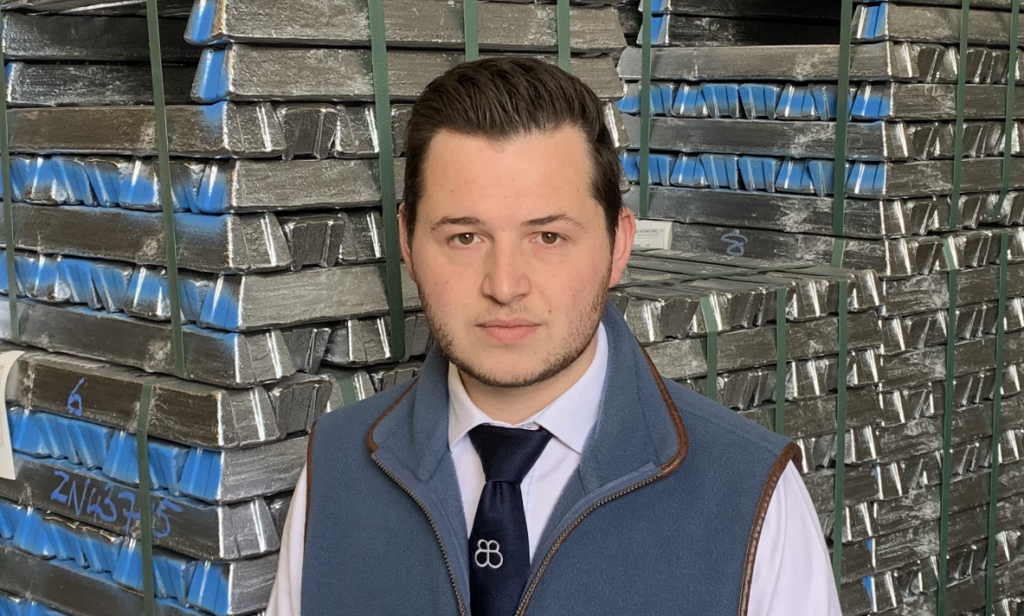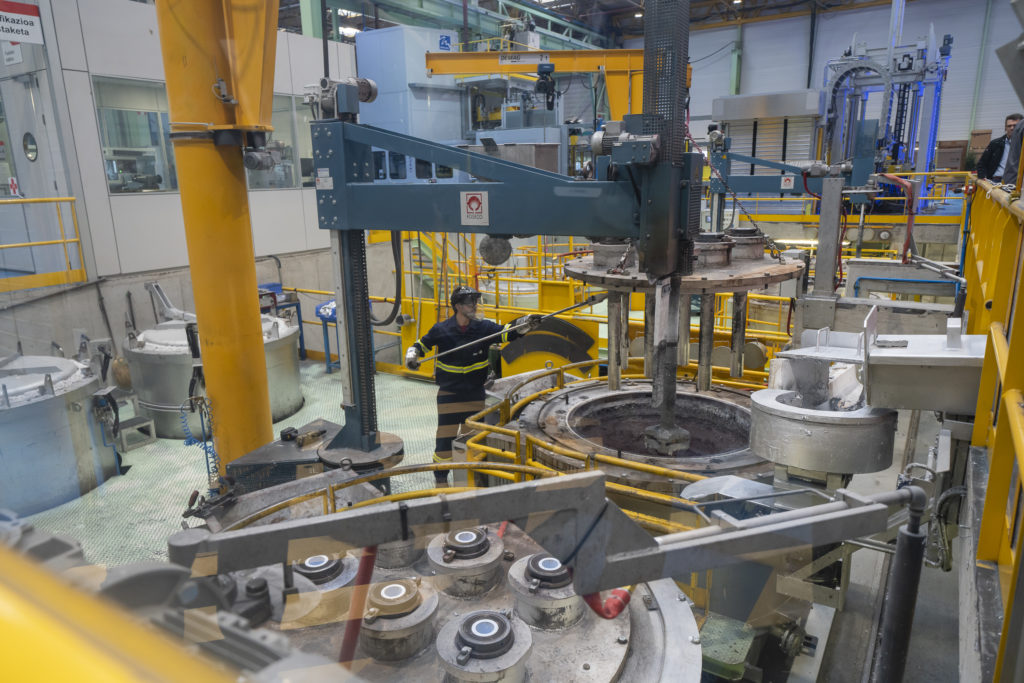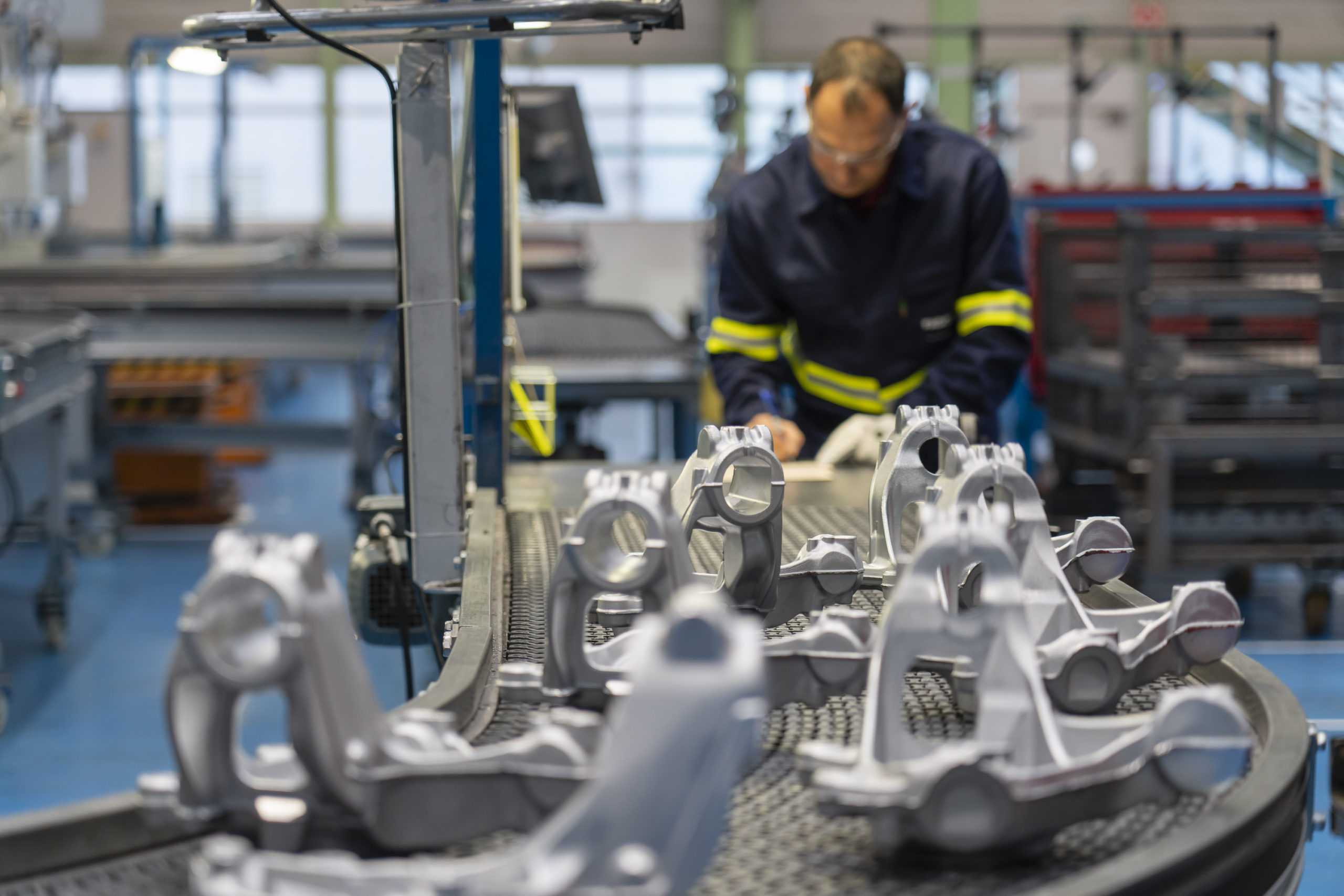Aluminium is one of the most recycled commodities in the world, but the processes involved in the production of this metal still leave a high environmental impact on the planet. New waste heat recovery technologies can take the industry one step closer to achieving cleaner production methods.
Aluminium is the second most highly produced metal and one of the most recycled commodities in the world. This ability to be recovered and reused indefinitely gives the industry the potential to offer a greener and cleaner alternative to other environmentally unfriendly materials. Yet factors like the enormous energy consumption and the inefficient use of heat involved in both the primary production of this metal from bauxite ore and the secondary production from scrap, take away that opportunity; making the aluminium industry responsible for at least 1% of greenhouse gas emissions added to the atmosphere by human activity and 2.5% of CO2.
“The beauty of aluminium is that in some industries, over 90% of it is recycled and 75% of aluminium ever produced is still in circulation today,” says Daniel Brough, PhD researcher at the Institute of Energy Futures of Brunel University London and site engineer at a secondary aluminium facility. He is part of a group of experts designing heat pipes heat exchangers under the ETEKINA project, a European Union funded program that aims to recover more than 40% of accessible waste heat content in streams lost to atmosphere from energy intensive industries.

“There are different technologies that can be implemented to reduce greenhouse gas emissions [in the making of aluminium], the most influential is the Elysis project that is headquartered in Montreal. But waste heat recovery is a huge part of the equation—the aluminium industry is a huge producer of waste heat that could be targeted,” he adds.
The production of aluminium leaves footprints on the environment that include acidification emissions, damages related to the use of fossil fuels and problematic solid residues such as the red mud left from bauxite or the salt slag that results from recycling this metal. However, the industry has taken some measures to diminish its negative impact on the planet.
One of them can be found in the vast adoption of hydroelectric energy, which now powers 75% of primary aluminium production. Another is the modernisation of equipment, although further steps can still be taken in this matter. For instance, furnaces used by aluminium smelters are still being designed by semi-empirical methods in spite of the existence of technology that could be utilised to design them more energy efficiently, like computational fluid dynamics analyses.
These are some of the findings that Mr. Brough and Professor Hussam Jouhara from Brunel University London describe in their paper The aluminium industry: A review on state-of-the-art technologies, environmental impacts and possibilities for waste heat recovery, published in the International Journal of Thermofluids. Their research provides a thorough outline of the processes and technologies used by the aluminium industry as well as the tools already available to recover heat.

Recuperators, air preheaters or heat pumps are some of the alternatives they mention. Among them, heat pipes heat exchangers, the heart of the ETEKINA project, are pointed as one of the most promising devices to avoid wasting heat. Prof. Jouhara, who coordinates the technical activities within ETEKINA, explains that conventional technologies have already tried to address waste heat recovery in the aluminium industry before without much success. “They weren’t suitable for some of the harsh streams that resulted from the processes in the aluminium industry”, he says.
Heat recovery from aluminium production is not an easy task, since it must be recaptured from streams that carry exhaust gases that can lead to corrosion or fouling. Therefore, frequent maintenance or replacement of components can be needed, making heat recovery not economically viable. According to both experts, heat pipe heat exchangers being developed within the ETEKINA project offer a more durable and economic solution in the path to “recover the unrecoverable” because they are more effective in transferring heat, have superior cross-contamination measures and each individual heat pipe operates independently, negating the risk of the entire system failing.
“Heat pipes heat exchangers have no moving parts, so from that point of view, what can go wrong is very limited. The only maintenance they require is regular cleaning,” explains Prof. Jouhara. “Having this new technology means we can now address areas that were impossible to address due to the corrosive nature of these exhausts, this is something that the heat pipe technology has made possible. So advances in heat exchangers design are taking us as close as possible to making a green process in the aluminium industry viable.”
Three applications for waste heat
Aluminium production requires such an intensive level of energy that, in the United States, it consumes approximately 5% of all the electricity generated in that country, according to the American Aluminium Association. Most of the processes use high temperatures, which means that a big share of this energy is lost to the environment in the form of waste heat. To avoid this, the authors suggest combining different kinds of heat exchangers to target the highest losses from the most energy intensive stages of the process.
Air preheaters, economisers and heat pipes heat exchangers can help to reuse waste heat from exhaust gases while thermo-compressors can help to reuse steam. The paper outlines three different potential applications for waste heat reclaimed through these technologies:
- Space and district heating: depending on the climate of the smelter’s location, waste heat recovered can be redirected to provide heating for adjacent offices or the local community. Feasibility of providing surrounding communities with district heating from waste heat is currently being conducted for Alcoa Fjarðaál, an aluminium smelter in Iceland.
- Optimisation of aluminium production: waste heat can be used to shorten certain stages of production and achieve more efficient results. These potential applications include de-coating and preheating scrap to remove moisture and reduce the amount of energy required to melt it, using specialised burner technology that reuses waste heat.
- Generation of electricity: depending on the grade of heat, different methods can be used to turn waste heat into electricity to reduce operating costs.
Cutting expenses is a tempting argument for companies to invest in waste heat recovery technologies, but not the only one, as Mr. Brough explains: “There are two additional major reasons. Most importantly is the sustainable and conscientious use of natural resources to avoid any future impact on the planet and future generations. The other is an improved image of corporate and social responsibility for companies.”
Both experts expect heat pipes heat exchangers to make waste heat recovery more efficient and affordable in high energy intensive industries like aluminium, steel and ceramics. But specially, Prof. Jouhara says, to offer a solution where other technologies have failed: “We don’t compete with conventional systems if the streams are standard and conventional designs can deal with them. Heat pipes can be beneficial in areas where no solution is available or the situation is challenging to the point where there’s no conventional system available to deal with the waste heat recovery application.”

